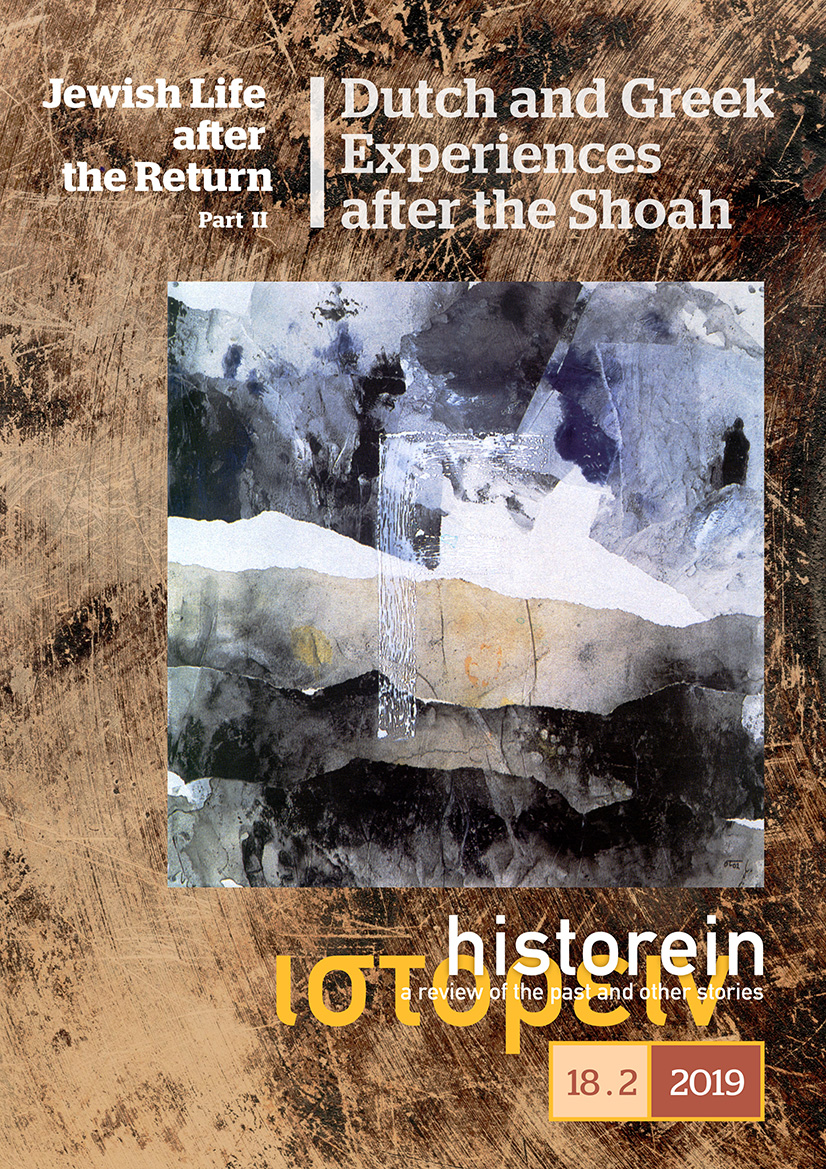Prominent Jews: the Absence and Presence of Jews in Postwar Netherlands

Abstract
One of the most striking aspects of the Jewish community in the Netherlands after 1945 is the small number of people that belong to it. Despite their striking absence in Dutch society, Dutch Jews are a highly visible group. There are many ways, places and moments in which Jews have played a prominent role in Dutch society, and there are many issues in public debates that concern Jews. This article aims to reflect on this prominence, for it is neither self-evident nor unproblematic. Is not the claim to some special Jewish contribution an excess of Jewish pride, or an overdrawn philosemitism, which sets Jews apart much in the same way as antisemitism does? Such questions can only be answered experimentally, by looking at what happens when we analyse the remarkable presence of Jews in Dutch society. Is there an overrepresentation of actual Jews or an overdetermination of Dutch culture by symbolic Jews? Is there a decisive influence, a specific Jewish colouring and obsessive probing of the limits of Jewish life in a post-Holocaust society or nothing conclusive at all?
Article Details
- How to Cite
-
de Haan, I. (2019). Prominent Jews: the Absence and Presence of Jews in Postwar Netherlands. Historein, 18(2). https://doi.org/10.12681/historein.14636
- Section
- ARTICLES

This work is licensed under a Creative Commons Attribution-NonCommercial-ShareAlike 4.0 International License.
The copyright for articles in this journal is retained by the author(s), with first publication rights granted to the journal. By virtue of their appearance in this open access journal, articles are free to use (with the exception of the non-granted right to make derivative works) with proper attribution for non-commercial uses (licence Creative Commons 4.0). EKT/NHRF retains the worldwide right to reproduce, display, distribute, and use articles published in Historein in all formats and media, either separately or as part of collective works for the full term of copyright. This includes but is not limited to the right to publish articles in an issue of the Journal, copy and distribute individual reprints of the articles, authorize reproduction of articles in their entirety in another EKT/NHRF publication, and authorize reproduction and distribution of articles or abstracts thereof by means of computerized retrieval systems.

